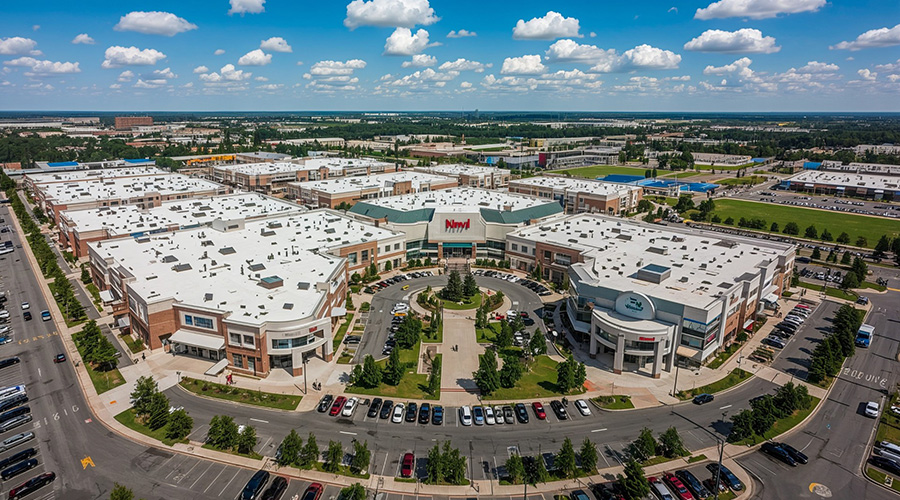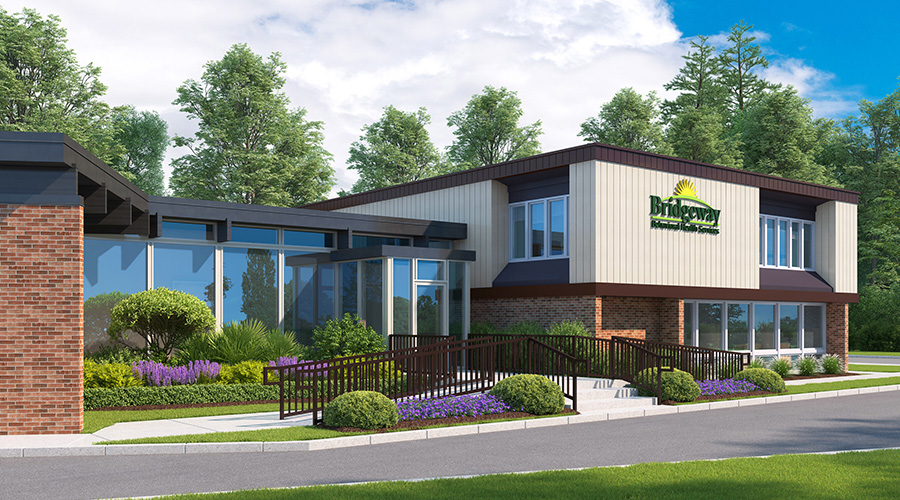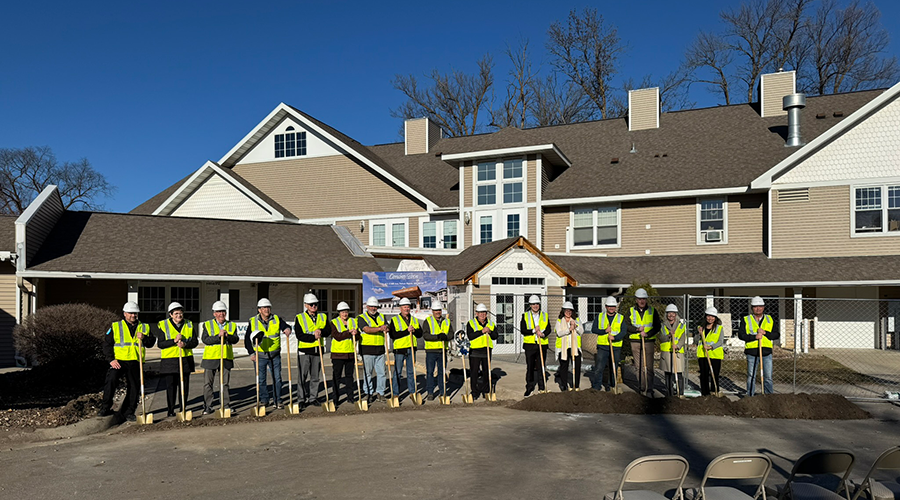Design trends in assisted living facilities are evolving to blend home and hospitality finishes and amenities while using evidence-based design to assess the strategies that actually benefit seniors.
More seniors are staying home for longer, says an article in Healthcare Design, so assisted living facilities are changing their amenities to make the transition from home to institution as seamless as possible.
Trends include providing dining facilities with a restaurant-like feel and which support social interaction, such as a bar, bistro or ice cream parlor. Facility amenities are also borrowing from hospitality with sports facilities, art gallery space, general stores, and on-site health services.
However, designers are recognizing that people don't want to live long-term in a hotel and so must strike a balance between high-end finishes and treatments while still being residential.
Research is also being used to evaluate resident's preferences and needs. According to the article, one study found that color and pattern by themselves are not sufficient wayfinding mechanisms with a senior population, which needs more unique visual cues. A connection to familiar faces has also been found to be important in assisted living.
And unlike assisted living facilities of the past, current designs must be technologically savvy both to support resident's wireless technology needs and electronic medical records.
Read the article.

Design of assisted living facilities shifts to meet boomer tastes, needs
Design trends in assisted living facilities are evolving to blend home and hospitality finishes and amenities while using evidence-based design to refine strategies.
By Healthcare Facilities Today
April 15, 2013
Topic Area: Interior Design
Recent Posts
 Healthcare Is the New Retail
Healthcare Is the New Retail
How site selection strategies are shaping the future of medical real estate.
 Bridgeway Behavioral Health Services Launches Campaign to Renovate Health Center
Bridgeway Behavioral Health Services Launches Campaign to Renovate Health Center
The $2 million capital campaign aims to renovate and expand the outpatient behavioral health center in Elizabeth, New Jersey.
 Ground Broken for New North Dakota State Hospital
Ground Broken for New North Dakota State Hospital
The 300,000-square-foot facility in Jamestown will provide 140 beds in a modern, trauma-informed care environment.
 AI Usage for Healthcare Facilities
AI Usage for Healthcare Facilities
People in all industries are finding more use cases for artificial intelligence.
 Ground Broken on Pelican Valley Senior Living Modernization Project
Ground Broken on Pelican Valley Senior Living Modernization Project
It is expected to reach completion in early-mid 2027.